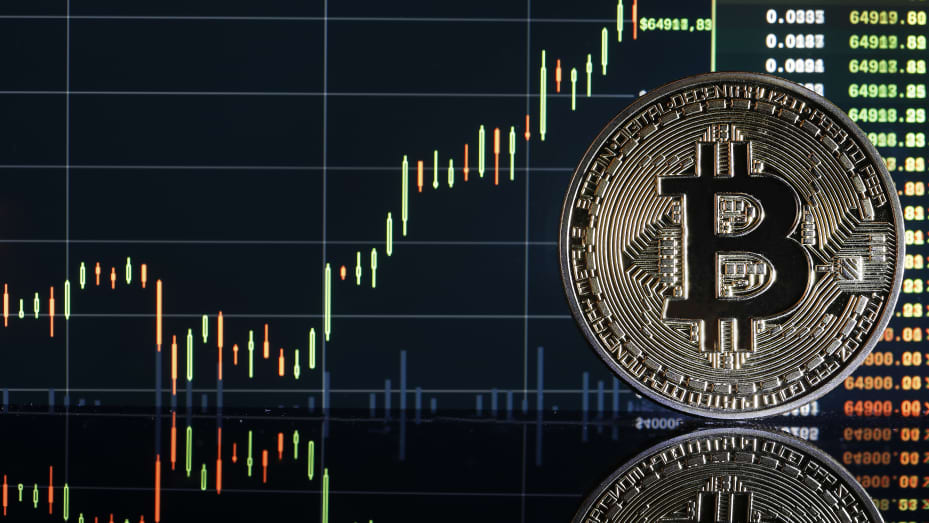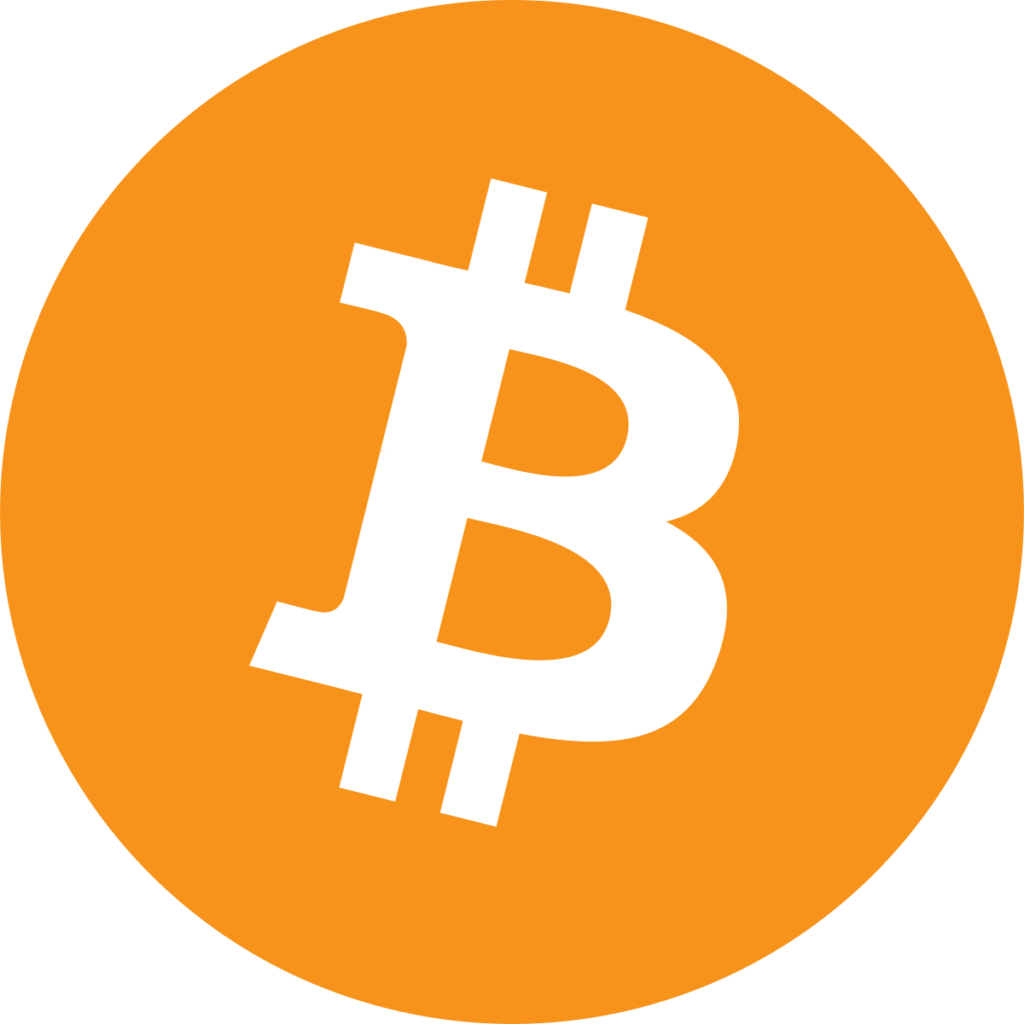If you’re interested in entering the world of cryptocurrency, buying Bitcoin is a great place to start. Bitcoin is the world’s first and most popular digital currency, known for its decentralized nature and potential for high returns. In this step-by-step guide, we’ll walk you through the process of buying Bitcoin, from understanding what it is to securing your investment.
Understanding Bitcoin
Before diving into the process, it’s important to have a basic understanding of what Bitcoin is. In simple terms, Bitcoin is a digital currency that operates on a technology called blockchain. It is not controlled by any central authority, such as a government or financial institution. Instead, Bitcoin transactions are verified by network participants using cryptography.
Bitcoin was created in 2008 by an unknown person or group of people using the pseudonym Satoshi Nakamoto. It was introduced as an open-source software implementation and released as a whitepaper. Since then, it has gained significant popularity and acceptance worldwide.
Bitcoin works on a decentralized peer-to-peer network. When a user initiates a transaction, it gets broadcasted to the network, where miners validate and confirm the transaction. These miners use specialized hardware to solve complex mathematical problems and ensure the security and integrity of the Bitcoin network.
What is Bitcoin?
Bitcoin is more than just a digital currency; it is a revolutionary concept that challenges traditional financial systems. Unlike traditional fiat currencies, such as the US dollar or the Euro, Bitcoin is not issued or regulated by any government or central bank. This decentralized nature of Bitcoin gives users more control over their money and eliminates the need for intermediaries.
One of the key features of Bitcoin is its limited supply. There will only ever be 21 million Bitcoins in existence, and this scarcity is what gives Bitcoin its value. Unlike traditional currencies that can be printed at will, Bitcoin follows a strict monetary policy, ensuring that its value is not diluted over time.
Bitcoin transactions are recorded on a public ledger called the blockchain. This blockchain is a distributed database that is maintained by network participants known as miners. Each transaction is verified by multiple miners, making it nearly impossible to tamper with the transaction history. This transparency and immutability make Bitcoin transactions secure and resistant to fraud.
How Does Bitcoin Work?
Bitcoin’s underlying technology, blockchain, is a decentralized and transparent system that enables secure and efficient transactions. When a user initiates a Bitcoin transaction, it is broadcasted to the network, where it awaits confirmation from miners.
Miners play a crucial role in the Bitcoin network. They compete to solve complex mathematical problems using specialized hardware, such as ASICs (Application-Specific Integrated Circuits), in a process called mining. The first miner to solve the problem and validate the transaction is rewarded with newly minted Bitcoins.
Once a transaction is confirmed by miners, it becomes a part of a block, which is added to the blockchain. Each block contains a unique identifier called a hash, which is created by combining the transaction data with the hash of the previous block. This linking of blocks creates an unbroken chain, ensuring the integrity and security of the entire blockchain.
Bitcoin transactions are pseudonymous, meaning that they are not directly linked to the identities of the users involved. Instead, each user has a unique Bitcoin address, which is a randomly generated string of characters. This address is used to send and receive Bitcoins, providing a certain level of privacy.
Overall, Bitcoin’s decentralized nature, limited supply, and transparent transaction history make it a unique and disruptive technology. It has the potential to revolutionize not only the financial industry but also various other sectors that can benefit from secure and efficient peer-to-peer transactions.

Setting Up Your Bitcoin Wallet
Before you can buy Bitcoin, you’ll need to set up a Bitcoin wallet to store your digital assets. A Bitcoin wallet is essentially a software application that allows you to send, receive, and store your Bitcoin securely. There are several types of Bitcoin wallets, including desktop wallets, mobile wallets, and hardware wallets.
Choosing the Right Bitcoin Wallet
When selecting a Bitcoin wallet, it’s crucial to consider factors such as security, user-friendliness, and accessibility. Some popular Bitcoin wallet options include Coinbase, Trezor, and Ledger. Research each wallet’s features and security measures to determine the best fit for your needs.
Steps to Set Up Your Wallet
Once you’ve chosen a Bitcoin wallet, follow these steps to set it up:
- Download and install the wallet software from the official website.
- Create a new wallet by following the on-screen instructions.
- Secure your wallet by enabling two-factor authentication and setting a strong password.
- Backup your wallet’s recovery phrase or private key in a secure location.
Choosing a Bitcoin Exchange
After setting up your wallet, you’ll need to choose a Bitcoin exchange to buy and sell Bitcoin. A Bitcoin exchange is a platform that allows you to trade Bitcoin for other cryptocurrencies or traditional currencies, such as the US dollar or Euro.
Factors to Consider When Choosing an Exchange
When selecting a Bitcoin exchange, consider the following factors:
- Liquidity: Choose an exchange with sufficient trading volume to ensure smooth transactions.
- Security: Look for exchanges that employ robust security measures, such as two-factor authentication and cold storage.
- Fees: Compare the transaction fees charged by different exchanges to minimize costs.
- User interface: Opt for an exchange with a user-friendly interface that suits your trading style.
Top Bitcoin Exchanges
Some of the top Bitcoin exchanges that have gained trust and popularity among users include Binance, Coinbase, and Kraken. These exchanges offer a user-friendly experience, strong security measures, and a wide range of cryptocurrencies to choose from.
Buying Bitcoin
Now that you have a wallet and have chosen an exchange, it’s time to buy Bitcoin. There are two common methods for purchasing Bitcoin: through an exchange or using a Bitcoin ATM.
How to Buy Bitcoin on an Exchange
To buy Bitcoin on an exchange, follow these steps:
- Create an account on the selected exchange by providing the required information.
- Complete the account verification process by submitting the necessary documents.
- Deposit funds into your exchange account, typically through a bank transfer or debit/credit card.
- Place a buy order for Bitcoin, specifying the desired amount and price.
- Once the order is executed, your Bitcoin will be credited to your exchange wallet.
Using Bitcoin ATMs
Bitcoin ATMs allow you to purchase Bitcoin using cash. These machines work similar to traditional ATMs but allow you to buy Bitcoin instead of withdrawing cash. To use a Bitcoin ATM, follow these steps:
- Find a Bitcoin ATM near you using online directories or mobile apps.
- Approach the Bitcoin ATM and select the “Buy Bitcoin” option.
- Enter the amount you wish to purchase and insert the cash into the machine.
- Provide a Bitcoin wallet address to receive the purchased Bitcoin.
- Confirm the transaction and wait for the Bitcoin to be sent to your wallet.

Securing Your Bitcoin Investment
Once you’ve acquired Bitcoin, it’s essential to prioritize its security. As a decentralized digital asset, Bitcoin is attractive to hackers and scammers. To safeguard your investment, follow these tips:
Understanding Bitcoin Security
Bitcoin security primarily revolves around protecting your private keys and practicing good online hygiene. Private keys are used to sign transactions and provide access to your funds. If your private keys fall into the wrong hands, your Bitcoin can be stolen.
Tips for Safeguarding Your Bitcoin
Here are some tips to keep your Bitcoin investment secure:
- Use hardware wallets: Hardware wallets offer the highest level of security by storing your private keys offline.
- Enable two-factor authentication: Activate two-factor authentication on your wallet and exchange accounts to add an extra layer of security.
- Keep software up to date: Regularly update your wallet software and operating system to patch potential security vulnerabilities.
- Store backups securely: Keep backups of your wallet’s recovery phrase or private key in a secure location, such as a safe deposit box or encrypted cloud storage.
- Be cautious of phishing attempts: Be vigilant of suspicious emails, websites, or applications that may attempt to trick you into revealing your private keys or personal information.
By following these precautions, you can minimize the risk of losing your Bitcoin investment to hackers or scams.
With this step-by-step guide, you now have the knowledge and tools to confidently buy Bitcoin. Remember, as with any investment, it’s important to do your own research and only invest what you can afford to lose. Happy investing!
References:

